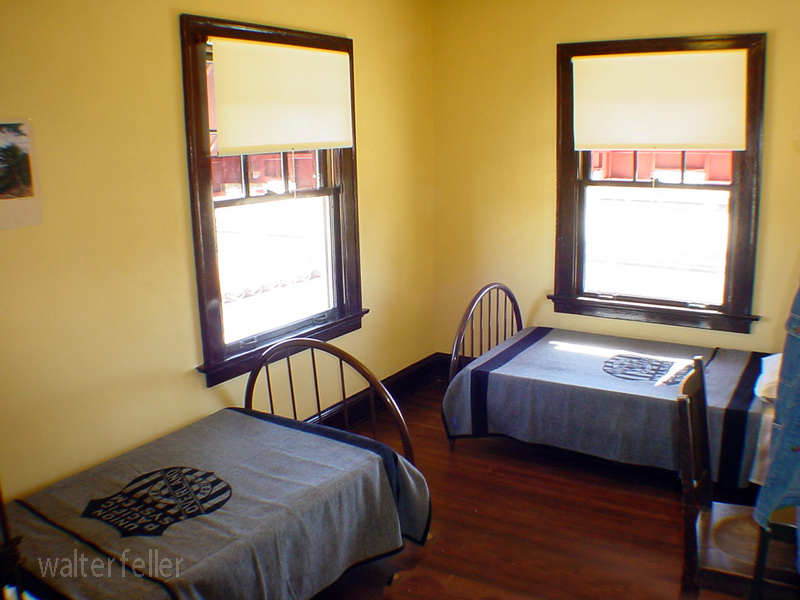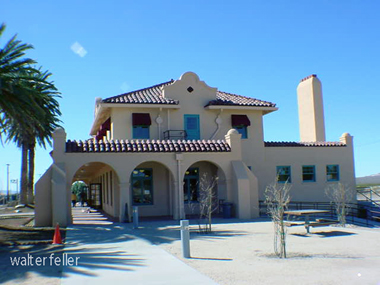In the mid-19th century, the American West was a land of vast open spaces, sparse settlements, and a constant struggle for survival. Among the various challenges faced by settlers, Native Americans, and other inhabitants of the region, horse stealing emerged as a significant and often dangerous activity. This essay explores the multifaceted nature of horse stealing, its impact on different communities, and the notable figures involved in these activities, focusing on the Mojave Desert and surrounding areas.
Historical Context and Importance of Horses
Horses were introduced to North America by Spanish explorers in the 16th century and quickly became integral to the way of life for many Native American tribes. By the 19th century, horses were indispensable for transportation, labor, hunting, and warfare. For settlers and ranchers, horses were crucial assets, representing significant economic value and practical utility.
The California Gold Rush of the late 1840s brought settlers to the region, intensifying resource competition and escalating conflicts between different groups. Horses’ value made them prime targets for theft, and horse stealing became a widespread problem, contributing to the lawlessness and violence that characterized much of the frontier.
Techniques and Tactics of Horse Stealing
Horse stealing requires a combination of skill, knowledge, and audacity. Thieves often operated in bands, using well-planned tactics to carry out their raids. These tactics included:
- Night Raids: Most horse thefts occurred at night when thieves took advantage of the darkness to avoid detection and increase their chances of a successful escape.
- Remote Trails: Thieves used remote trails and difficult terrain to evade pursuers. Their knowledge of the landscape was a significant advantage, allowing them to move swiftly and remain hidden.
- Speed and Surprise: The element of surprise was crucial. Thieves would strike quickly, gather as many horses as possible, and leave before the victims could organize a response.
- Dispersal and Fencing: Stolen horses were often dispersed among various locations or quickly sold to fences, making it difficult for the rightful owners to recover them.
Notable Figures in Horse Stealing
Several prominent figures became infamous for their involvement in horse stealing. Their stories highlight the complexities and contradictions of frontier life.
Walkara: The Ute Leader
Walkara, also known as Chief Walker, was a Ute leader born around 1808. He became one of the most feared and respected figures in the Great Basin and Mojave Desert regions due to his prowess in horse stealing. Leading numerous raids from Utah into California, Walkara amassed thousands of horses. His knowledge of the terrain and guerrilla tactics made him a formidable opponent. Despite his reputation as a horse thief, Walkara was also a shrewd leader and negotiator, embodying the dual roles of protector and predator standard among Native American leaders of the time.
Jim Beckwourth: The Adventurous Frontiersman
James P. Beckwourth, a mixed-race mountain man, fur trader, and explorer, was born into slavery in 1798 and gained his freedom to become one of the most colorful figures of the American frontier. While primarily known for his role as a trader and guide, Beckwourth’s interactions with various Native American tribes, including the Crow, often placed him amid horse raiding activities. His involvement in horse stealing adds another layer to his multifaceted legacy, reflecting the blurred lines between legitimate trade and outlaw activities on the frontier.
Peg-leg Smith: The Notorious Thief
Thomas L. “Peg-leg” Smith, born in 1801, was notorious for horse-stealing raids across the Southwest. Known for his wooden leg, Smith conducted large-scale raids on Mexican ranchos, stealing hundreds of horses and driving them north to American markets. His daring exploits and cunning escapes made him a legendary figure in Western folklore, contributing to the mythos of the Wild West. Smith’s activities disrupted the economies of the regions he targeted and highlighted the challenges of maintaining law and order in the frontier.
The Case of Indian Joaquin
Indian Joaquin, also known as Joaquin Valenzuela, was another significant figure in horse stealing. His band of outlaws, including the Mojave Desert, was active in California and was known for their bold raids. In 1845, Governor Pio Pico sent Benjamin Davis Wilson to lead an expedition against these horse thieves. Wilson’s mission culminated in a confrontation where he shot and killed Indian Joaquin. This event marked a significant moment in the struggle between settlers and Native American bands, illustrating the harsh measures taken to protect property and assert dominance in the region.
Responses to Horse Stealing
The persistent threat of horse stealing led to various responses from both military and civilian authorities:
- Military Patrols: Increased military presence and patrols aimed to protect settlements and ranchos from raids. Forts and outposts were established strategically to serve as bases for these operations.
- Vigilance Committees: Settlers often formed vigilance committees to protect their property and pursue horse thieves. These groups operated outside formal legal structures, using extrajudicial methods to capture and punish suspected thieves.
- Negotiations and Treaties: In some cases, attempts were made to negotiate with raiding groups to establish peace and trade agreements. However, these efforts were often temporary and depended on the shifting dynamics of power and resources.
Impact and Legacy
The impact of horse stealing in the American West was profound, influencing economic stability, social dynamics, and cultural interactions. The legacy of horse stealing includes:
- Economic Disruption: The theft of horses had significant economic implications, disrupting transportation, labor, and trade. For many settlers, losing horses meant a critical setback in establishing livelihoods in the harsh frontier environment.
- Cultural Tensions: Horse stealing exacerbated tensions between different cultural groups, including Native Americans, Mexican landowners, and American settlers. These tensions often led to violent confrontations and shaped the broader patterns of conflict in the region.
- Folklore and Mythology: The exploits of horse thieves and the responses to their activities became part of the folklore of the American West. Stories of daring raids, cunning escapes, and brutal reprisals contributed to the mythos of the Wild West, reflecting the complexities of frontier life.
- Law and Order: The persistent threat of horse stealing highlighted the challenges of maintaining law and order in the rapidly expanding frontier. Responses to this threat, including military actions and vigilance committees, underscored the often violent efforts to establish security and protect property.
Conclusion
Horse stealing in the American West, particularly in the Mojave Desert and surrounding regions, was a complex phenomenon that significantly shaped the frontier’s history and culture. The activities of Walkara, Jim Beckwourth, Peg-leg Smith, and Indian Joaquin illustrate the multifaceted nature of horse stealing, reflecting broader themes of survival, resistance, and adaptation in a rapidly changing landscape.
The responses to horse stealing, from military patrols to vigilance committees, highlight the ongoing struggle to establish order and protect property in a region marked by turmoil and conflict. The legacy of horse stealing, with its economic, social, and cultural impacts, continues to be a fascinating and integral part of the history of the American West. Through the stories of these notorious figures and the broader patterns of conflict and adaptation, we gain valuable insights into the dynamic and often chaotic nature of 19th-century frontier life.


